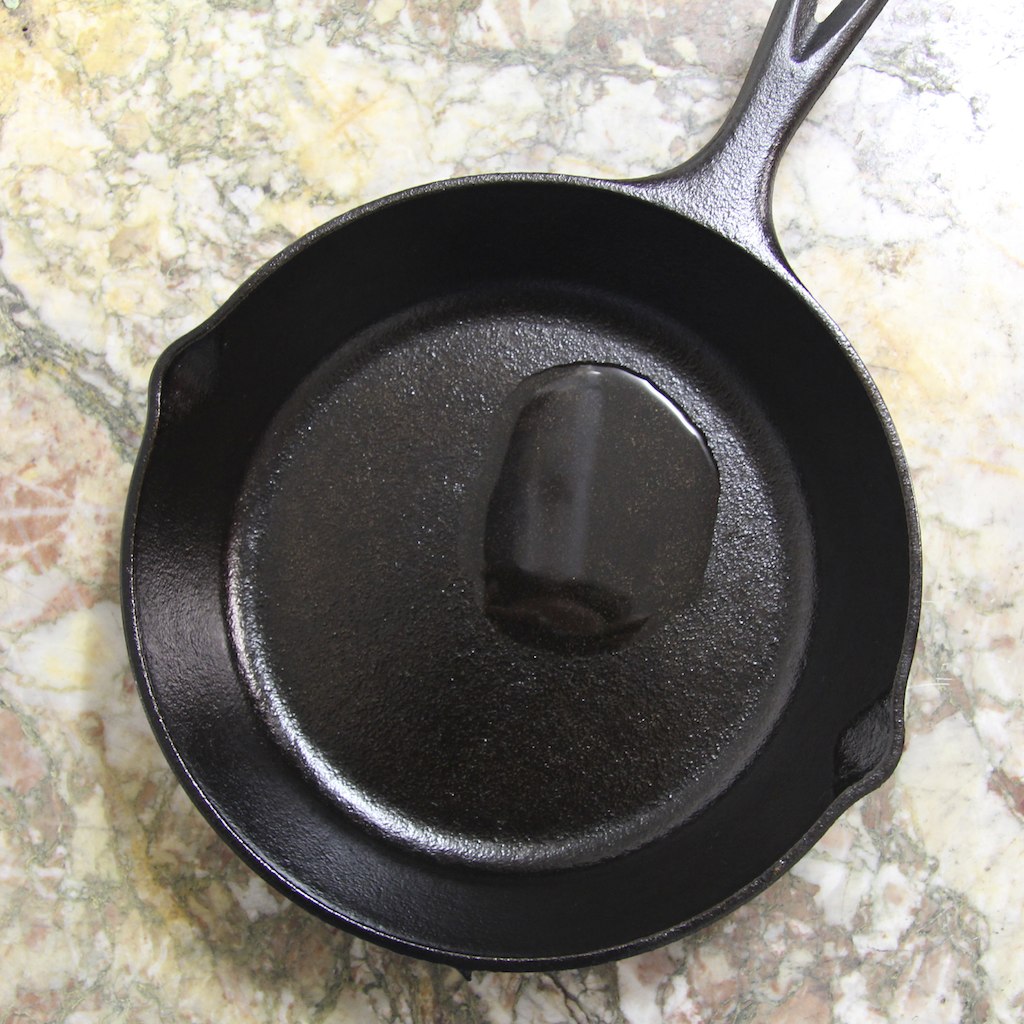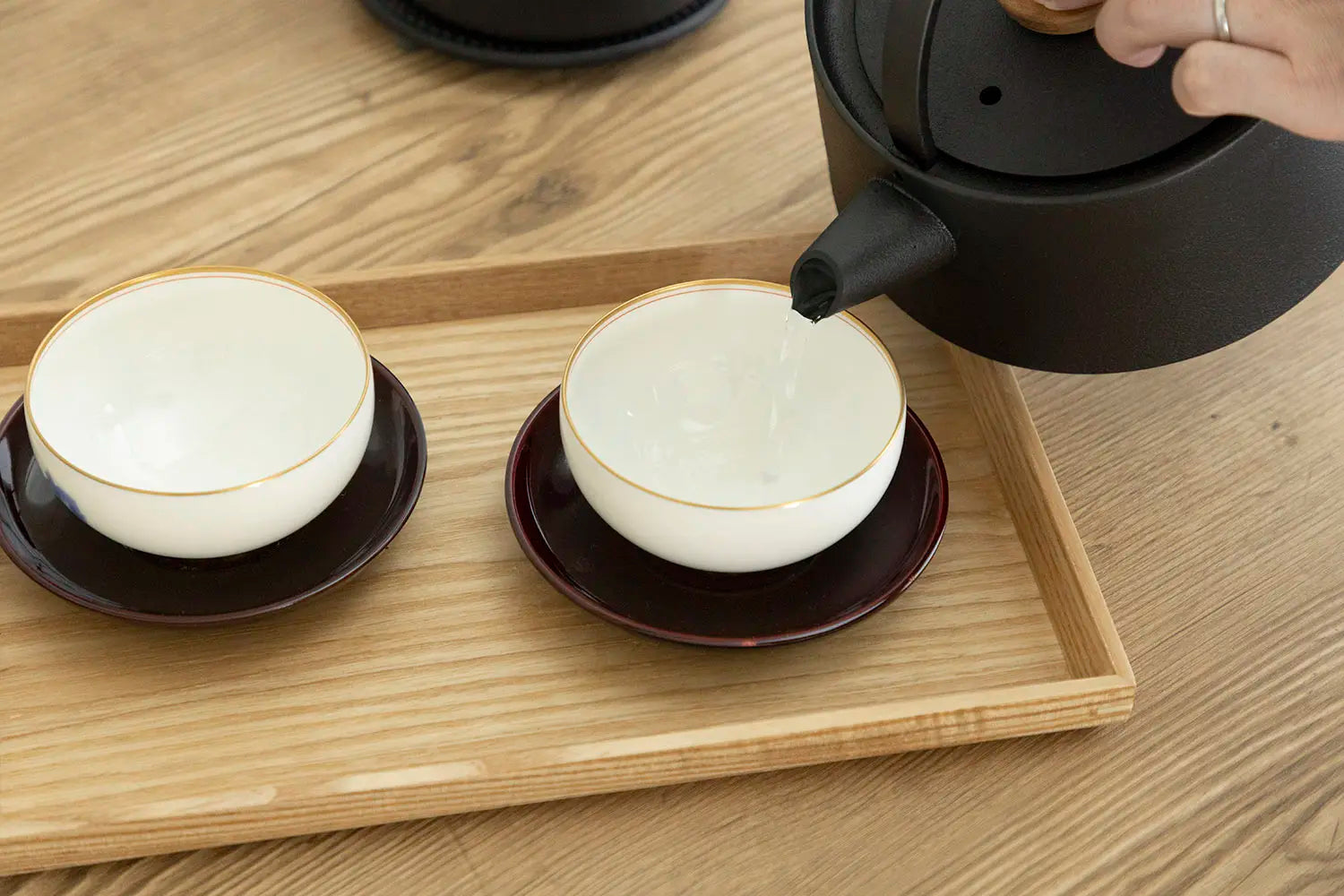If you're a kitchen professional, you're no stranger to the incredible versatility of cast iron cookware. But understanding what temp to reseason cast iron is not only crucial for maintaining its quality; it can also produce astounding results in your culinary creations. This guide aims to provide you with that essential knowledge, offering you exclusive insights into the best practices for reseasoning this treasured kitchen tool.
Before we dive into the specifics of reseasoning, lets establish why temperature matters. Proper seasoning is like a protective shield for your cast iron pans, improving their non-stick capabilities and preventing rust. When seasoned at the right temperature, you can ensure an even coat that not only lasts but also enhances the flavor of your dishes.
:max_bytes(150000):strip_icc():format(webp)/__opt__aboutcom__coeus__resources__content_migration__serious_eats__seriouseats.com__images__2016__09__20160817-cast-iron-pan-vicky-wasik-collage-1500x1125-a15711a84a054cca9268b8ddda1e5dd2.jpg)
Understanding Cast Iron Seasoning: The Basics
To fully appreciate the importance of what temp to reseason cast iron, we must first understand what seasoning is. In cast iron cooking, seasoning refers to the application of oil that gets baked onto the surface of the cookware, creating a natural, easy-release cooking surface.
The ideal oils for seasoning include grapeseed oil, flaxseed oil, and vegetable oil, each having a high smoke point necessary to withstand the rigorous process of reseasoning.
How to Know When to Reseason Your Cast Iron
There are several key indicators to look out for that suggest it's time to reseason your cast iron:
- Loss of non-stick surface: If your food starts sticking more than usual, its time to give it a refresh.
- Appearance of rust: Rust not only affects the appearance but can also pose health risks. Check out our guide on removing rust from cast iron.
- Change in color: If your once-dark pan has gone dull or discolored, it means the seasoning layer has broken down.
What Temp to Reseason Cast Iron for Best Results?
The debate often arises: what temp to reseason cast iron? While various methods exist, a commonly agreed temperature is around 450F (232C). This temperature strikes a balance, allowing the oil to polymerize properly while providing a solid bond to the cast iron surface.
To reseason, start by cleaning your pan thoroughly. After washing, dry it completely to prevent further rusting. Then, apply a thin layer of oil all over the cooking surface. Place it upside down in a preheated oven at the recommended temperature, ensuring that a baking sheet is placed below to catch any drips. Bake for about an hour, and youll be left with a beautifully seasoned pan.
Important Tips for Reseasoning
Here are some lasting tips to ensure a successful reseasoning:
- Use thin layers of oil build it gradually.
- Pay attention to the oven ventilation while seasoning to avoid smoke alarms.
- Consider seasoning multiple pieces together for efficiency.
Troubleshooting Common Issues
Despite following the correct methods, you might run into problems. Heres how to troubleshoot:
- Flaky seasoning: Remove old layers and start fresh.
- Uneven seasoning: Ensure an even distribution of oil.
- Oil pooling: Use a microfiber cloth to spread it evenly.
Importance of Regular Maintenance
Maintaining your cast iron cookware goes beyond reseasoning. Consider these crucial tips for regular upkeep:
- Avoid soaking the pan in water after use.
- Use non-abrasive tools for cleaning.
- For stubborn residues, refer to our article on cleaning cast iron.
More Tips on Reseasoning Cast Iron
You can also check out this informative resource for additional methods on how to properly strip and season your cast iron pans. Following guidelines from trusted sources can yield consistently incredible results.
What to Avoid When Reseasoning
While the process might seem straightforward, there are common mistakes you should avoid to ensure optimal seasoning:
- Not cleaning the pan well enough before applying oil.
- Using low-smoke-point oils, which can lead to unsatisfactory seasoning.
- Skipping the heating step entirely; proper heat is vital for bond formation.
Conclusion: A Life-Changing Approach to Cast Iron
Mastering the art of what temp to reseason cast iron not only enhances your skills as a kitchen professional but also elevates the quality of your food. Through regular maintenance and proper methods, your cast iron cookware can remain in great condition, lasting generations.

FAQ Section
1. How often should I reseason my cast iron?
It varies based on usage. As a rule of thumb, reseason when you notice food sticking, rust forming, or color changes.
2. What oil is best for seasoning?
Oils with high smoke points, such as grapeseed or flaxseed, are generally the best choices for creating a strong seasoning layer.
3. Can I reuse the oil after reseasoning?
No, it's best to discard any oil used for seasoning as it may contain particles that can affect future cooking.
This article contains affiliate links. We may earn a commission at no extra cost to you.






Leave a comment
This site is protected by hCaptcha and the hCaptcha Privacy Policy and Terms of Service apply.